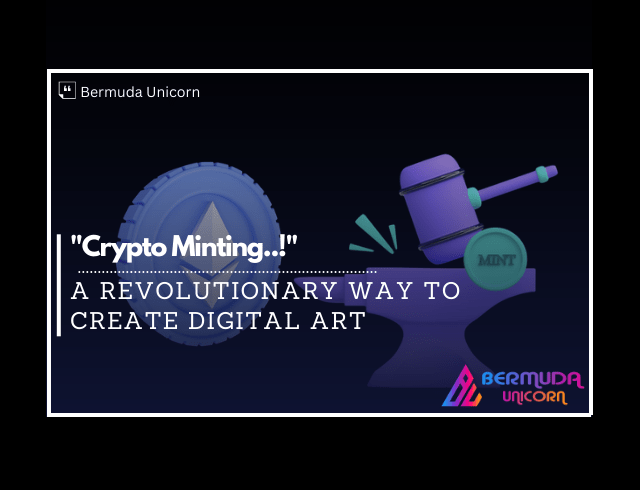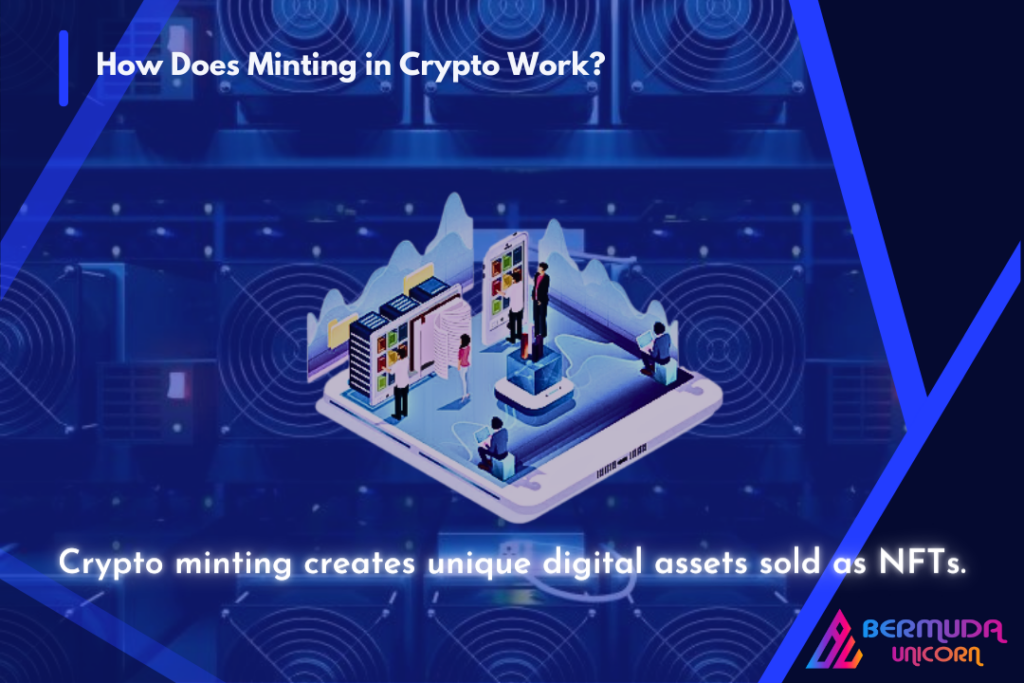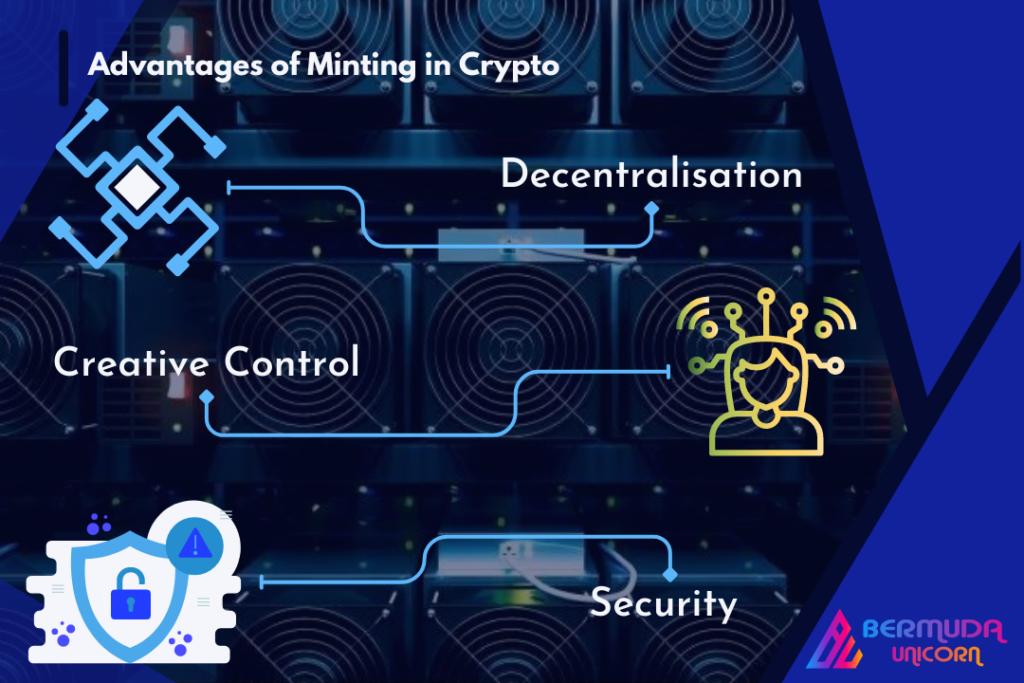

Cryptocurrency has been a buzzword for several years now, with more and more people investing in it every day. But have you heard of minting in crypto? It’s a relatively new concept that is gaining popularity in the digital art world. In this article, we’ll explore what minting in crypto is, how it works, and why it’s becoming a revolutionary way to create and sell digital art.
What is Minting in Crypto?
Minting in crypto refers to the process of creating non-fungible tokens (NFTs) on a blockchain. NFTs are unique assets that are verified on the blockchain, making them impossible to replicate. Minting in crypto involves creating a unique digital asset, verifying it on a blockchain, and then selling it as an NFT.
How Does Minting in Crypto Work?

Minting in crypto involves several steps. First, the artist creates a unique digital asset, such as a piece of art, a song, or a video. Then, they upload it onto a blockchain, such as Ethereum, which verifies its authenticity and uniqueness. This creates a digital certificate of ownership for the asset, which is then sold as an NFT.
Once an NFT is sold, it can be resold, just like physical artwork. However, because the ownership of an NFT is verified on a blockchain, it ensures that the original creator receives a percentage of the profits every time it is resold.
Why is Minting in Crypto Becoming Popular?
Minting in crypto is becoming popular for several reasons. First, it allows artists to monetize their digital creations in a way that was not possible before. Digital art has always been difficult to monetize, as it can be easily copied and shared online. By creating an NFT and verifying it on a blockchain, artists can ensure that their work is one-of-a-kind and can be sold as a valuable asset.
Second, minting in crypto is becoming popular because it is a way to invest in art without the high barriers to entry that physical art has. Traditional art investment requires a large amount of capital, knowledge, and connections in the art world. Minting in crypto allows anyone to invest in digital art, regardless of their background or financial situation.
Third, minting in crypto is becoming popular because it allows for more democratic distribution of wealth in the art world. In the traditional art world, the majority of profits go to galleries, auction houses, and wealthy collectors. With minting in crypto, artists can sell their work directly to collectors, without the need for intermediaries. This allows artists to receive a greater percentage of the profits from their work.
Challenges of Minting in Crypto
While minting in crypto has many benefits, there are also several challenges that artists and collectors must consider. Blockchain is among the biggest challenges facing the environmental movement. The process of verifying transactions on a blockchain requires a significant amount of energy, which has raised concerns about the environmental impact of minting in crypto.
Another challenge of minting in crypto is the lack of regulation. Because NFTs are a new form of digital asset, there is currently little regulation around their sale and ownership. This has led to some instances of fraud and scams in the NFT market, which can be a concern for both artists and collectors.
Advantages of Minting

Minting in crypto has several benefits over traditional methods of creating and selling art. Here are a few key advantages:
Decentralisation
One of the most significant benefits of minting in crypto is the decentralized nature of the blockchain. Unlike traditional art sales, where intermediaries like galleries or auction houses take a cut of the profits, minting in crypto allows artists to sell their work directly to collectors without any middlemen. This creates a more democratic and transparent marketplace where artists can receive the full value of their work.
Security
Minting in crypto also provides a high level of security. The blockchain technology behind cryptocurrencies ensures that each artwork is unique and cannot be replicated or counterfeited. Additionally, since all transactions are recorded on a public ledger, it is nearly impossible to hack or manipulate the system.
Creative Control
With minting in crypto, artists have complete creative control over their work. They can create and sell digital art without having to go through a traditional art world gatekeeper. This means that artists can experiment with new forms and mediums without having to conform to the expectations of galleries or collectors.
Technical Expertise
Minting in crypto requires a certain level of technical expertise. Artists must be familiar with blockchain technology, digital wallets, and smart contracts in order to create and sell their work on a crypto platform. This can be intimidating for those who are not technologically savvy.
Market Volatility
The crypto market is notoriously volatile, and the value of cryptocurrencies can fluctuate rapidly. This can make it challenging for artists to price their work accurately and ensure that they are receiving fair compensation for their efforts.
Lack of Regulation
Since the crypto market is still relatively new and largely unregulated, there is a risk of fraud or scams. Artists must be careful when selecting a platform to mint and sell their work, as there is a chance that they could be taken advantage of.
Conclusion
Minting in crypto offers artists a revolutionary new way to create and sell digital art. By leveraging blockchain technology, artists can sell their work directly to collectors in a decentralized, transparent marketplace. While there are certainly challenges associated with minting in crypto, the potential benefits make it a promising option for artists looking to explore new forms of expression and entrepreneurship.